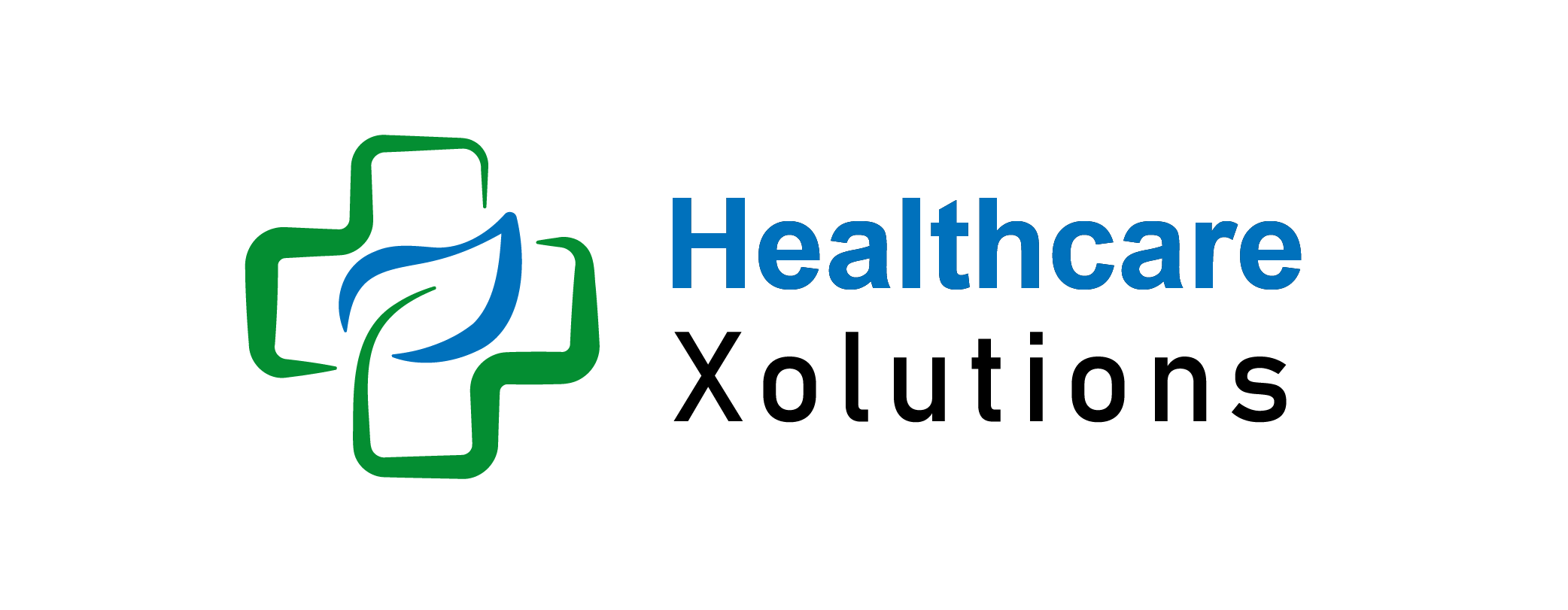How To Switch Health Insurance Plans During Open Enrollment: A Step-by-Step Guide

Open Enrollment for health insurance is a critical period for millions of Americans every year. In 2024, nearly 15 million individuals are expected to enroll through the Health Insurance Marketplace, and 9 out of 10 people qualify for financial assistance (Health and Human Services). This is the best opportunity to review, switch, or upgrade your health plan, ensuring it aligns with your evolving healthcare needs. Whether your current plan no longer fits, or you’re seeking better coverage options, Open Enrollment provides a penalty-free chance to make adjustments for the upcoming year.
In this article, you will learn how to switch health insurance plans during open enrollment with our easy-to-follow guide. Discover key steps, deadlines, and tips to ensure you make the best choice for your health coverage.
Key Takeaways:
- Review Current Coverage: Assess premiums, coverage options, and network to determine if your plan still meets your needs.
- Research Available Plans: Explore options from employer-sponsored plans, marketplaces, and private insurers to compare coverage and costs.
- Understand Timing & Deadlines: Ensure you meet Open Enrollment deadlines to avoid a gap in coverage.
- Consider Total Costs: Look beyond premiums—evaluate deductibles, co-pays, and out-of-pocket maximums to find the best plan.
- Confirm Eligibility: Double-check for changes in subsidies or tax credits before applying to your new health plan.
Table of Contents
Key Steps To Switch Your Health Insurance Plan in 2024:
1. Review Your Current Plan:
Before making any decisions, take a good look at your current health insurance plan. Assess whether it still meets your needs, both in terms of coverage and costs. Consider the following:
- Premiums: Are you paying more than you’re comfortable with?
- Deductibles and Co-pays: Are they manageable, or do they cause financial strain?
- Coverage Needs: Have your healthcare needs changed? For example, do you need maternity, mental health, or specialized care?
- Networks and Providers: Are your preferred doctors and hospitals still covered under your plan’s network?
Understanding your current plan’s pros and cons will help you decide whether switching is the best option.
2. Research Available Plans:
Once you’ve reviewed your current plan, it’s time to look at the plans available to you during Open Enrollment. This may involve:
- Employer-Sponsored Plans: If your employer offers multiple health plans, compare their premiums, coverage options, and the network of doctors available.
- Health Insurance Marketplaces: If you’re shopping through the Health Insurance Marketplace (like Healthcare.gov in the U.S.), check out the different plans available in your state. You can compare coverage, premiums, deductibles, and out-of-pocket costs.
- Private Insurance Plans: In addition to government-backed programs, you may also be able to switch to a private health insurance plan.
When exploring your options, make sure to:
- Understand the Types of Plans: Choose between plans such as Health Maintenance Organization (HMO), Preferred Provider Organization (PPO), Exclusive Provider Organization (EPO), or High Deductible Health Plans (HDHP).
- Check for Coverage Gaps: Make sure the new plan covers your essential health needs and includes your preferred providers.
3. Understand The Timing of Open Enrollment:
Open Enrollment periods are time-sensitive. Missing the deadline could result in having to wait until the next enrollment period unless you qualify for a special enrollment period due to a qualifying life event (e.g., marriage, birth of a child, or loss of other coverage).
- Employer Plans: Open Enrollment for employer-sponsored insurance typically happens once a year in the fall. Check with your employer for specific dates and plan options.
- Marketplace Plans: The federal Health Insurance Marketplace usually has a set Open Enrollment period, which is often in the fall. States with their own marketplaces may have different dates, so be sure to check those as well.
4. Compare Costs And Benefits:
When switching plans, don’t just look at premiums consider the full cost of your healthcare. Some plans may have lower premiums but higher deductibles and co-pays, while others might have higher premiums but lower out-of-pocket costs. Use these guidelines to compare:
- Premiums: The monthly amount you pay for coverage.
- Deductibles: The amount you pay out-of-pocket before insurance covers any costs.
- Co-pays and Co-insurance: The portion of costs you pay for services even after meeting your deductible.
- Out-of-Pocket Maximums: The maximum amount you’ll pay in a year for covered services.
5. Check For Any Changes In Coverage Or Eligibility:
It’s essential to check for any changes in your health insurance plan’s coverage and eligibility before switching. For example, your current plan may have modified its benefits, increased premiums, or limited access to certain healthcare providers. Also, if you’re eligible for subsidies or tax credits through the Marketplace, confirm whether they will continue to apply under your new plan.
6. Make Your Decision And Apply:
Once you’ve compared your options, make your decision and apply for the plan that best suits your needs. If you’re switching from an employer-sponsored plan to a Marketplace plan or vice versa, ensure that the coverage begins as soon as your current coverage ends to avoid any gaps in health insurance.
- Employer-Sponsored Plans: If you’re changing plans at work, your employer should provide instructions on how to make your selection. Complete all necessary paperwork by the deadlines.
- Marketplace Plans: Apply through your state’s Marketplace website or Healthcare.gov, where you can create an account, fill out an application, and choose the plan that best meets your needs.
7. Confirm Your New Coverage:
After selecting a new health insurance plan, confirm that your new coverage is active. Check for:
- Effective Date: Ensure your new plan starts on time to avoid a gap in coverage.
- Plan Details: Verify that your coverage includes all the services you need and that your preferred doctors and hospitals are in-network.
- ID Cards and Benefits Information: Receive your new insurance ID card and review any documents that outline your benefits.
8. Stay Informed:
Finally, stay informed about any future changes that may affect your plan. Health insurance laws and regulations can change annually, and your needs might evolve over time. Keep track of any updates from your insurer and check for new Open Enrollment periods in the future to ensure you’re always covered with the best plan for your situation.
Conclusion – How To Switch Health Insurance Plans:
Switching health insurance plans during Open Enrollment allows you to optimize your coverage and costs. By thoroughly reviewing your current plan, comparing available options, and understanding the timing and requirements, you can make an informed decision. Whether you are switching to a better plan or adjusting coverage to meet new healthcare needs, Open Enrollment provides a valuable opportunity to reassess your health insurance choices.
FAQs – How To Switch Health Insurance Plans:
1. How do I know if my health insurance plan is still right for me?
Review your current plan’s premiums, coverage options, and network. If your healthcare needs have changed or if you are facing high out-of-pocket costs, it may be time to switch.
2. Can I switch health insurance plans outside of Open Enrollment?
You can only switch plans outside of Open Enrollment if you experience a qualifying life event, such as marriage, birth of a child, or loss of other coverage.
3. How do I apply for a new plan during Open Enrollment?
You can apply through your employer’s portal, the Health Insurance Marketplace (Healthcare.gov), or directly through private insurers. Be sure to complete applications by the deadline.
